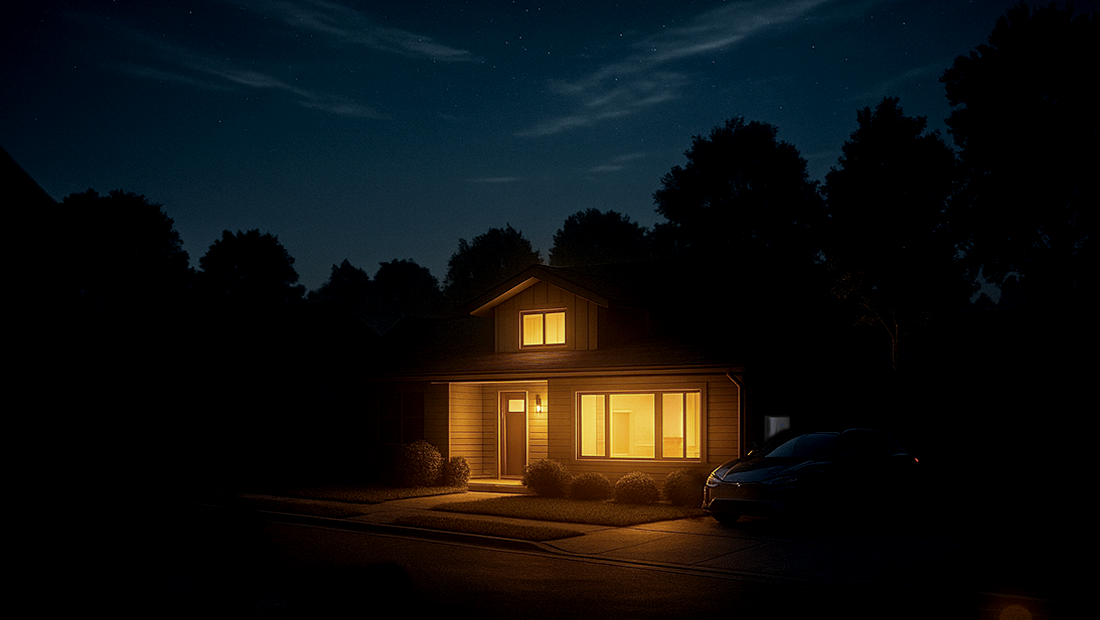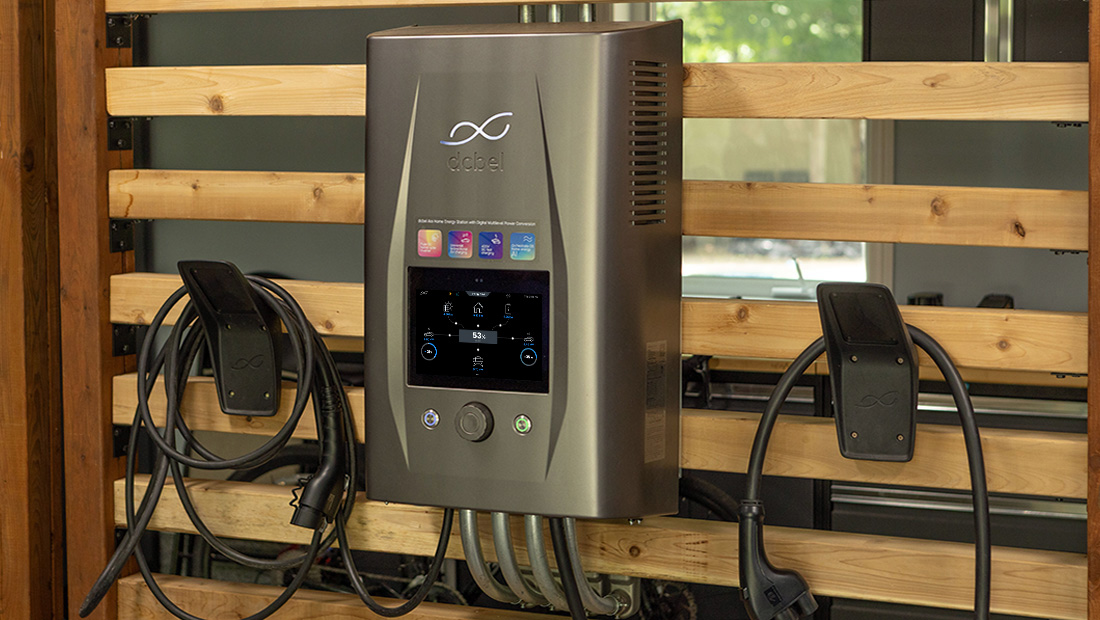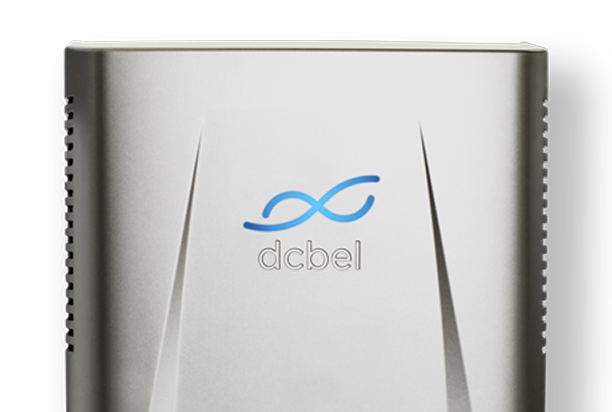Effortlessly Eco-conscious
“It’s not easy being green,” sang Kermit the Frog in The Muppet Show. And since that famous tune made its debut in 1970, it has served as a metaphor for countless news articles, opinion columns and think pieces about the difficulties of being eco-conscious and reducing your carbon footprint.
“Our minds make it hard to prioritize the planet,” reported Psychology Today in 2019.
“Research shows that it is not easy to motivate people to curb their emissions,” according to a 2024 article in The New York Times.
Sustainability is often presented as being a noble but burdensome pursuit. And if you’re an eco-conscious person with a demanding schedule, living in an environmentally-friendly way might feel like it takes too many compromises — and definitely too much time and effort. It’s hard to feel the urgency of climate change when you’re so busy.
But it doesn’t have to be hard. In fact, it can be easy. There’s a hassle-free solution that lets you meaningfully reduce your carbon footprint without changing your routine, habits or lifestyle.
Seamless Sustainability
Sustainability does not have equal sacrifice. In 2025, the most effective solutions are those that integrate seamlessly into daily life, quietly reducing emissions, saving energy and simplifying choices.
You can see that evolution in Euromonitor International’s 2025 sustainability outlook, which identifies “convenient sustainability” as a defining global trend. Consumers are increasingly drawn to products and services that embed eco-consciousness into everyday life without requiring extra effort. From low-waste packaging to smart home integration energy systems, the focus is on seamless integration and hassle-free solutions, making sustainability feel intuitive.
And yet there’s still a lot of misconceptions about what going green actually means. Does it mean giving up convenience, comfort or control? Absolutely not.
Sustainability is something that enhances your life without complicating it. Here’s how.
Smart Energy Devices Make Solar Easy
In 2025, solar energy is more accessible and user-friendly than ever. According to Eco Green Energy, the rise of high-efficiency solar panels — particularly bifacial and monocrystalline models — has made it possible to generate more energy using less space. Even if your home has a limited roof area, you can now yield more energy without needing a large-scale installation.
Automation and smart technology is making it easier to adopt solar. Today’s solar industry is increasingly defined by smart systems that use artificial intelligence and predictive automation to optimize energy production and consumption. These systems allow users to monitor and manage their solar output through mobile apps or integrated home energy platforms, eliminating the need for technical expertise or manual oversight.

Solar energy is no longer a complex or high-barrier investment. It’s a practical, automated and increasingly affordable solution that fits seamlessly into modern life — another step toward sustainability without sacrifice.
Save What the Sun Gives You
There’s just one problem with solar energy: it can only be produced when the sun is shining. But that’s no longer an issue thanks to advances in battery technology.
According to the Sustainable Energy in America 2025 Factbook, the US added a record-breaking 11.9 GW of battery energy storage in 2024. To put that in perspective, 1 GW can power approximately 876,000 homes for a year, depending on average household energy use and system efficiency. Another 18.2 GW is projected to come online in 2025. That doesn’t even include small-scale solar installations by individual homeowners, which provided 28% of all US solar power in 2024. This surge reflects not only increased demand but also the growing ease with which homeowners and businesses can adopt these systems.
Just ask Johanna Neumann, Senior Director of the Campaign for 100% Renewable Energy. “Now more than ever, we have the ability to harness clean energy and reliably store it,” she said earlier this year. What’s changed? Accessible, affordable battery storage now helps homeowners integrate solar power into their daily lives without needing to change their routines or energy habits. In fact, residential battery prices dropped below the long-sought threshold of $100 per kilowatt-hour in 2025, making energy storage more affordable than ever. You can be effortlessly eco-consciousness.
Smart Home Integration with EVs and Solar
These days, vehicle-to-home (V2H) and vehicle-to-grid (V2G) bidirectional charging is no longer a futuristic concept: it’s becoming a mainstream, consumer-ready tool that makes sustainable living easier than ever. What’s most compelling isn’t just their environmental impact, but how seamlessly they now fit into everyday life.
V2H systems have evolved into hassle-free solutions. Using bidirectional chargers and smart energy management software, these systems allow electric vehicles to power homes during outages or peak pricing periods. When paired with solar panels, they can store excess solar energy during the day and automatically use it at night. The entire process is automated by an intelligent energy management system, requiring no manual input from the homeowner; smart home integration in action.

V2G systems are also being designed with simplicity in mind. According to a 2025 report from EY and Eurelectric, V2G systems allow EVs to charge during off-peak hours and discharge energy back to the grid during peak demand, all without user intervention. The report estimates that such automation could reduce the total cost of EV ownership by 20%, saving European grid operators €4 billion annually.
Power Technology’s EVision 2025 report highlights how European infrastructure investments are prioritizing consumer-friendly V2G systems. Utilities and manufacturers are working together to standardize interfaces and streamline installation, making it easier for consumers to participate in grid services without needing technical expertise.
Intelligent Energy Optimization for a Flexible Grid
What ties all of this together is grid modernization. It’s no longer a distant infrastructure goal: it’s becoming a practical, consumer-facing reality.
According to the World Economic Forum, the future power grid is being designed to be dynamic, digital, and decentralized. This transformation is centered on grid flexibility, which allows the system to adapt in real time to fluctuating supply and demand. For consumers, this means more stable energy prices, fewer outages and seamless integration of distributed energy resources like rooftop solar and batteries.
Meanwhile, utilities across the US are actively pursuing virtual power plant (VPP) programs and grid-enhancing technologies in 2025. These initiatives allow consumers to participate in grid services, such as demand response or energy storage, through automated platforms that require little to no manual input.
For homeowners, helping the grid by participating in VPP programs is an incidental benefit for the grid. The primary benefit for homeowners to participate in VPP programs is that they can earn money. In Arizona, for example, people who join APS’s Bring Your Own Device pilot receive $110 per kilowatt of battery capacity each year for sharing stored energy during demand response events.
Regulatory commissions are also approving critical peak pricing rates that reward users for shifting energy use during high demand periods — more incentive to adopt grid-friendly behavior.
The Ultimate Convenience
But how can a homeowner take advantage of all of these new developments as effortlessly as possible? By embracing the hassle-free solution of smart home energy.
The dcbel Ara Home Energy Station is the ultimate energy management system. It offers more than just smart home integration between smart energy devices: it’s a fully-automated, hands-off platform that automates when batteries charge and discharge, based on real-time electricity prices and solar generation. This is intelligent energy optimization in action.
Ara lets you maximize your savings and reduce your carbon footprint without any manual overnight. No compromises: just cost savings and energy independence.
Ara: The Ultimate Home Energy Management System
dcbel Ara Home Energy Station makes solar adoption effortless and intelligent. It supports high-efficiency solar integration with bundled solar and storage packages, real-time performance monitoring, outage detection and solar safety compliance. You can track savings, emissions and system performance through an intuitive mobile portal or EV app.

Ara also lets you take part in VPPs, demand response programs and other grid services. Enrollment is simple and automated through the app, so you benefit from reduced energy bills and uninterrupted power without needing to understand grid mechanics.
Ara’s V2G and V2H features transform any bidirectional EV into a flexible energy asset. The system supports universal bidirectional charging, allowing an EV to power the home during outages or high-rate periods and send energy back to the grid when needed. Features like peak shaving, blackout protection and smart charging all operate automatically.
Energy resilience isn’t the only thing to come out of V2G and V2H programs. In states like New York, programs have shown that monetizing stored energy through V2G participation can help reduce grid volatility and generate income for consumers. These programs reward homeowners for contributing energy during peak demand, offering a practical way to lower electricity costs and improve overall energy affordability
Integrating renewable energy sources can seem daunting, but dcbel’s Ara eliminates that complexity through a smart energy management system. You don’t need to think about energy schedules; it’s plug and play.
Living with clean energy means no more outages and lower energy bills.Your home’s energy is intelligently managed to ensure smooth operation while reducing costs.
With dcbel Ara, harnessing clean energy is hassle-free. The Ara works quietly in the background, and managing it takes no extra effort. It turns out Kermit was wrong: it actually is easy being green.


